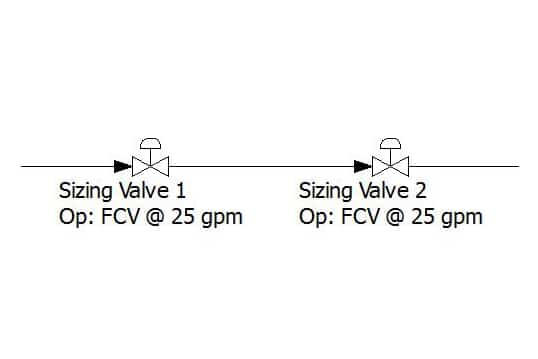
Can two control valves be used in one condition in high-pressure drop applications?
Theoretically dropping high pressure across two valves is better than one valve. However, in practice, two valves will not usually control well together unless the
Tech Theory: Technical…Practical… Interesting
Automation Industrial Solutions
We share Free Actionable training online here.
For quick contact, you can add +86 185 1656 9221
The growth rate was 130% in 2020. Wanna join us?

Theoretically dropping high pressure across two valves is better than one valve. However, in practice, two valves will not usually control well together unless the
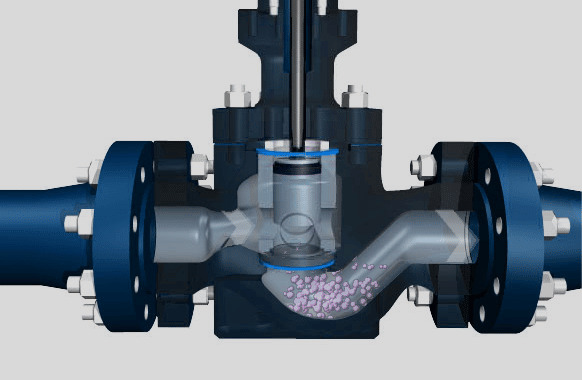
Noise is created by an object vibrating. The control valve components will tend to vibrate whenever they are subjected to high-velocity turbulent flow.
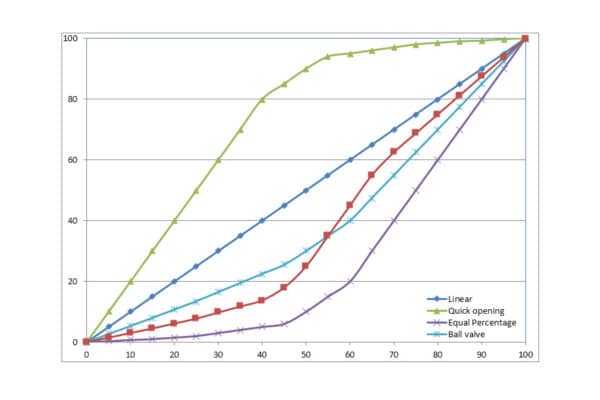
Inherent characteristics are the flow through the valve (or CV) relative to the percentage opening (the pressure drop at both ends of the valve is
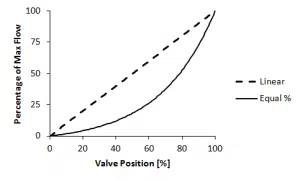
The most common features are shown in the figure above.The percentage of flow through the valve corresponds to the stem position.These curves are based on
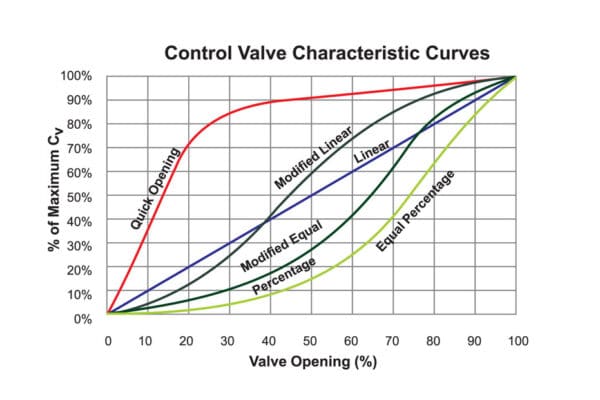
The inherent flow characteristic of the control valve is the relationship between the flow and travel of the valve to a constant pressure drop across

The Venturi desuperheater adopts restrictive measures in the superheated steam pipeline to form a high-speed and turbulent area where cooling water is injected. This helps
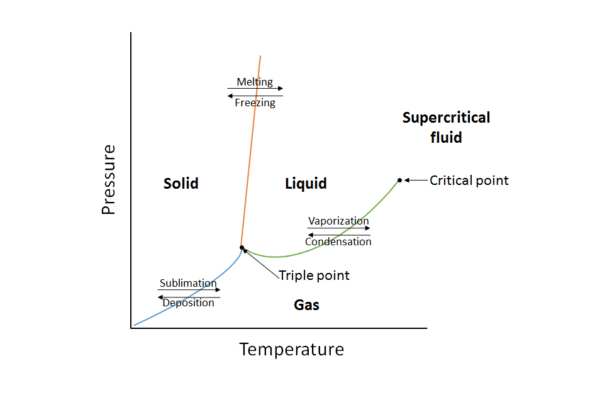
In general, a vapour phase consists of a phase with two different substances at room temperature, whereas a gas phase consists of a single substance
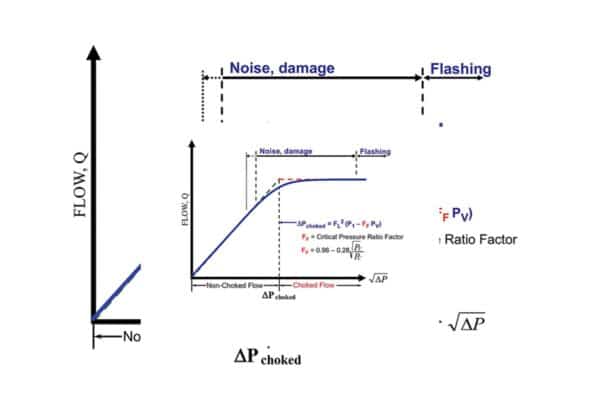
Critical Flow Factor often referred to as “Cf” is a coefficient that defines how pressure will recover after it drops to its lowest point inside
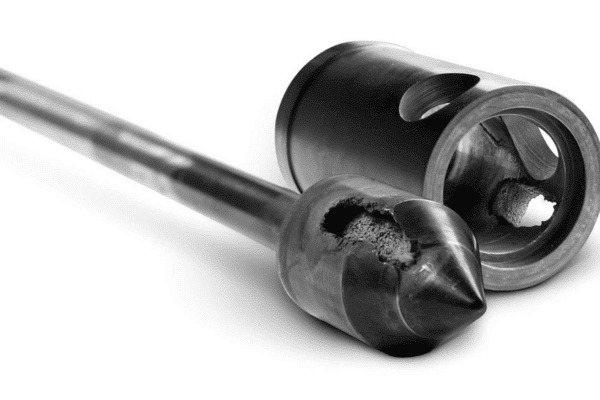
Cavitation is common, so many control valves can withstand a certain amount of time. However, prolonged exposure to cavitation can severely damage the control valve.
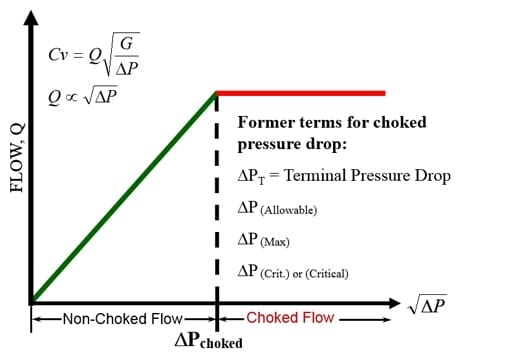
Blocking flow is defined as a point at which increasing the pressure drop (△P) while maintaining a constant inlet pressure (P1) will not result in
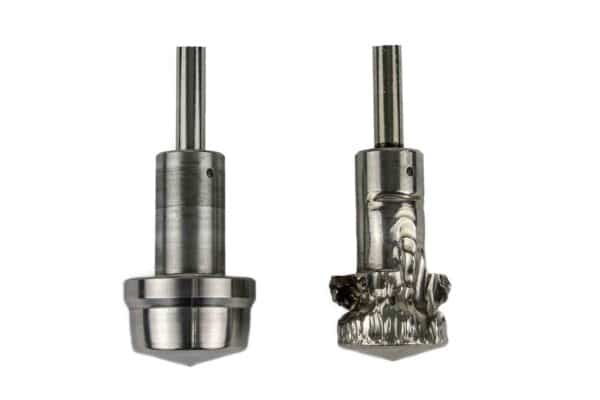
Flashing occurs when a liquid flows through a control valve and evaporates to retain the vapor. Flashing has some characteristics in common with Cho flow
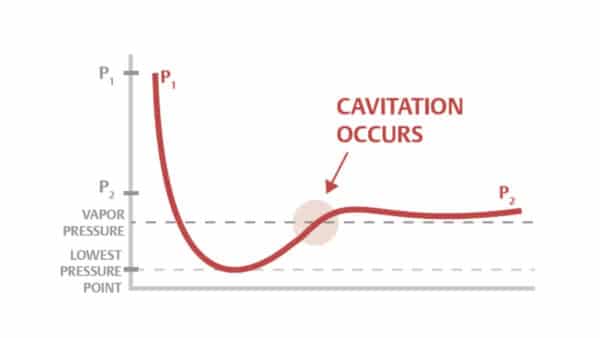
Cavitation is the formation and collapse of vapor bubbles (cavities) in the liquid flow streams caused by changes in pressure and velocity. There are four
Avoid your inquiry is delay response, please enter your WhatsApp/Wechat/Skype along with the message, so we can contact you at the very first time.
We will reply you within 24 hours. If for urgent case, please add WhatsApp: +86 185 1656 9221, or WeChat: +86 199 2125 0077. or call +86 189 5813 8289 directly.

Just leave your name, email, and simple message or requirements, We will contact you within 1 hour.
WhatsApp: +86 199 2125 0077
Skype ID: sowell85
Wechat ID: +86 199 2125 0077

We will reply you within 24 hours. If for urgent case, please add WhatsApp: +86 199 2125 0077, or WeChat: +86 199 2125 0077. Or call +86 189 5813 8289 directly.
